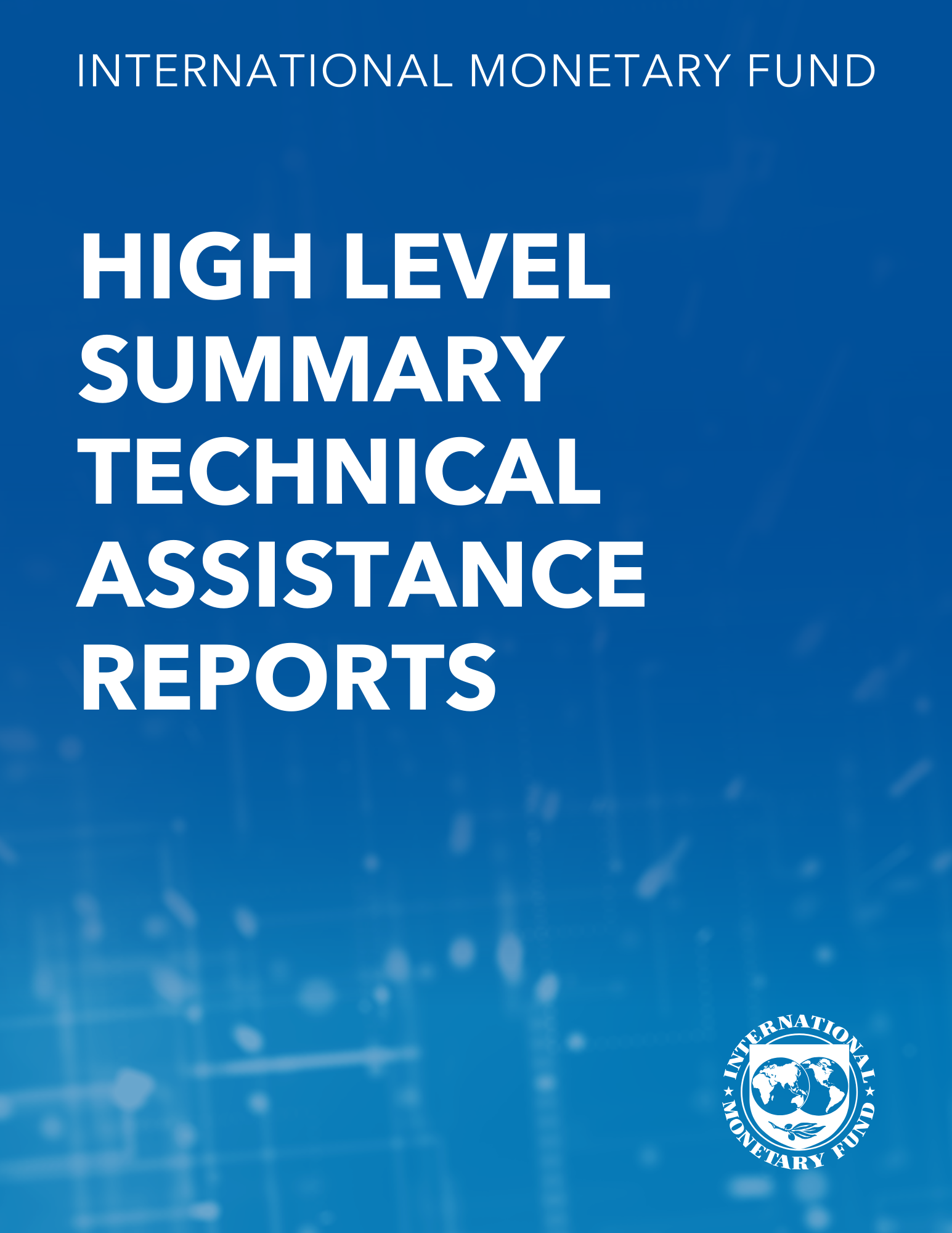Capital Controls and Trade Liberalization in a Monetary Economy
March 1, 1999
Disclaimer: This Working Paper should not be reported as representing the views of the IMF.The views expressed in this Working Paper are those of the author(s) and do not necessarily represent those of the IMF or IMF policy. Working Papers describe research in progress by the author(s) and are published to elicit comments and to further debate
Summary
This paper reexamines Aizenman’s (1985) results on the effects of capital controls during unanticipated trade liberalization using an intertemporal optimizing monetary model. Unlike in Aizenman’s model, which is based on the currency substitution model, foreign money is an interest-bearing asset in this paper, and its major role is to smooth intertemporal consumption. With this modification, Aizenman’s results are reversed, thus showing that the effects of capital controls during trade liberalization would vary greatly depending on the role of foreign money in a country. The effects of an anticipated trade liberalization are also studied.
Subject: Balance of payments, Capital controls, Consumption, Demand for money, Exchange rates, Foreign exchange, International trade, Money, National accounts, Trade liberalization
Keywords: Capital Controls, capital mobility, Consumption, current account, current account adjustment, Demand for money, Exchange rates, liberalization policy, money balance, Trade Liberalization, WP
Pages:
24
Volume:
1999
DOI:
Issue:
024
Series:
Working Paper No. 1999/024
Stock No:
WPIEA0241999
ISBN:
9781451844122
ISSN:
1018-5941







